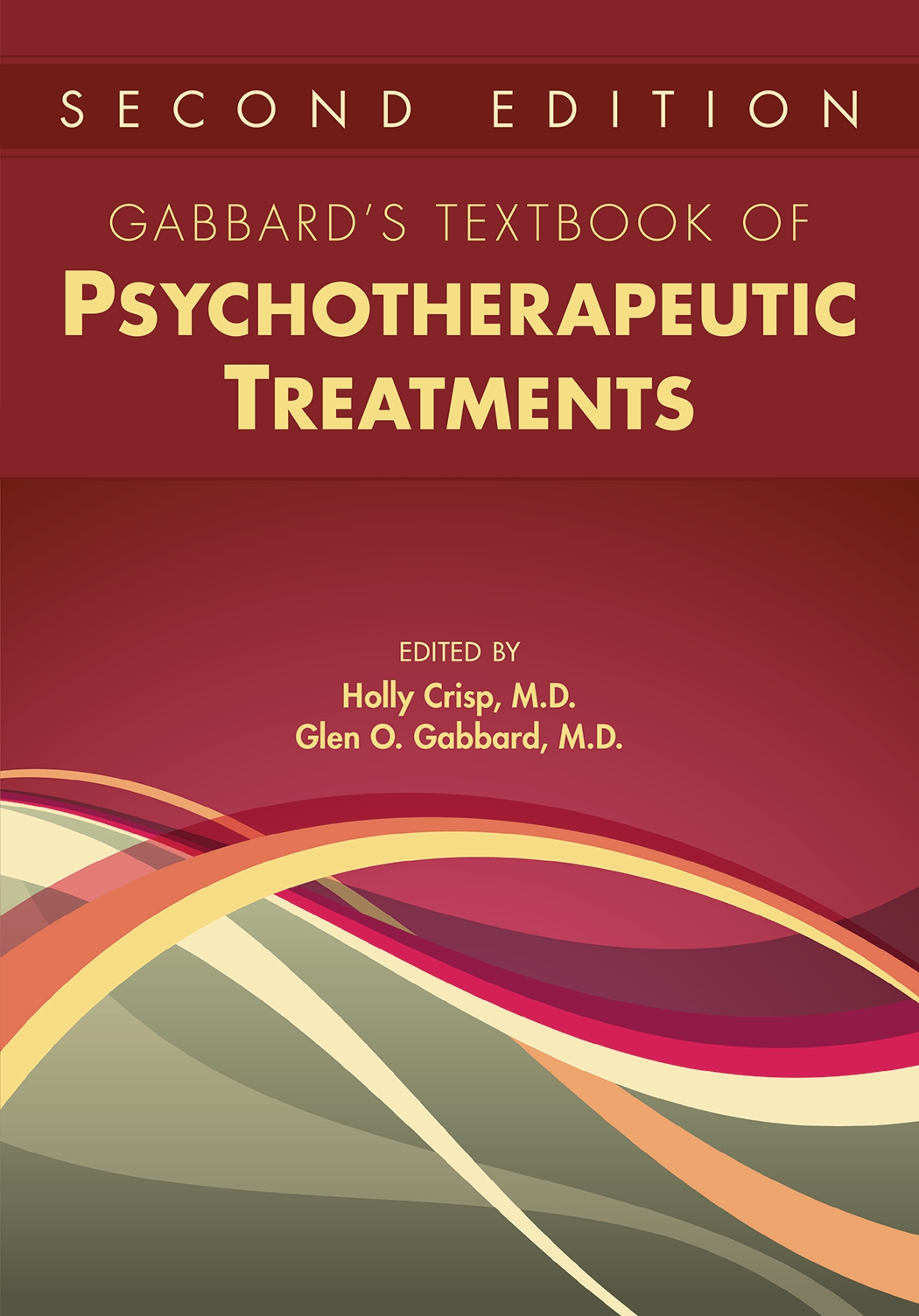Sections
Excerpt
Psychodynamic psychotherapy has been characterized by a variety of labels over the years: psychoanalytic psychotherapy, intensive psychotherapy, insight-oriented psychotherapy, expressive-supportive psychotherapy, and exploratory psychotherapy, to name a few. They are all essentially synonymous. This modality derives from the principles of psychoanalysis. Whereas psychoanalysis is generally conducted at a frequency of three to five times per week, with the patient supine on a couch, psychoanalytic psychotherapy is more typically provided once or twice per week, with the patient sitting up. In practice, most therapists today assume a continuum between psychoanalysis and psychodynamic psychotherapy, with the premise that therapist and patient together can determine both what frequency is best for the psychotherapy and also whether to have the patient face-to-face or on the couch. In psychodynamic psychotherapy, therapists emphasize the importance of flexibility rather than rigidity. Moreover, most therapists continue to modify their approach on the basis of the unique features of the therapeutic dyad.
Access content
To read the fulltext, please use one of the options below to sign in or purchase access.- Personal login
- Institutional Login
- Sign in via OpenAthens
- Register for access
-
Please login/register if you wish to pair your device and check access availability.
Not a subscriber?
PsychiatryOnline subscription options offer access to the DSM-5 library, books, journals, CME, and patient resources. This all-in-one virtual library provides psychiatrists and mental health professionals with key resources for diagnosis, treatment, research, and professional development.
Need more help? PsychiatryOnline Customer Service may be reached by emailing [email protected] or by calling 800-368-5777 (in the U.S.) or 703-907-7322 (outside the U.S.).



